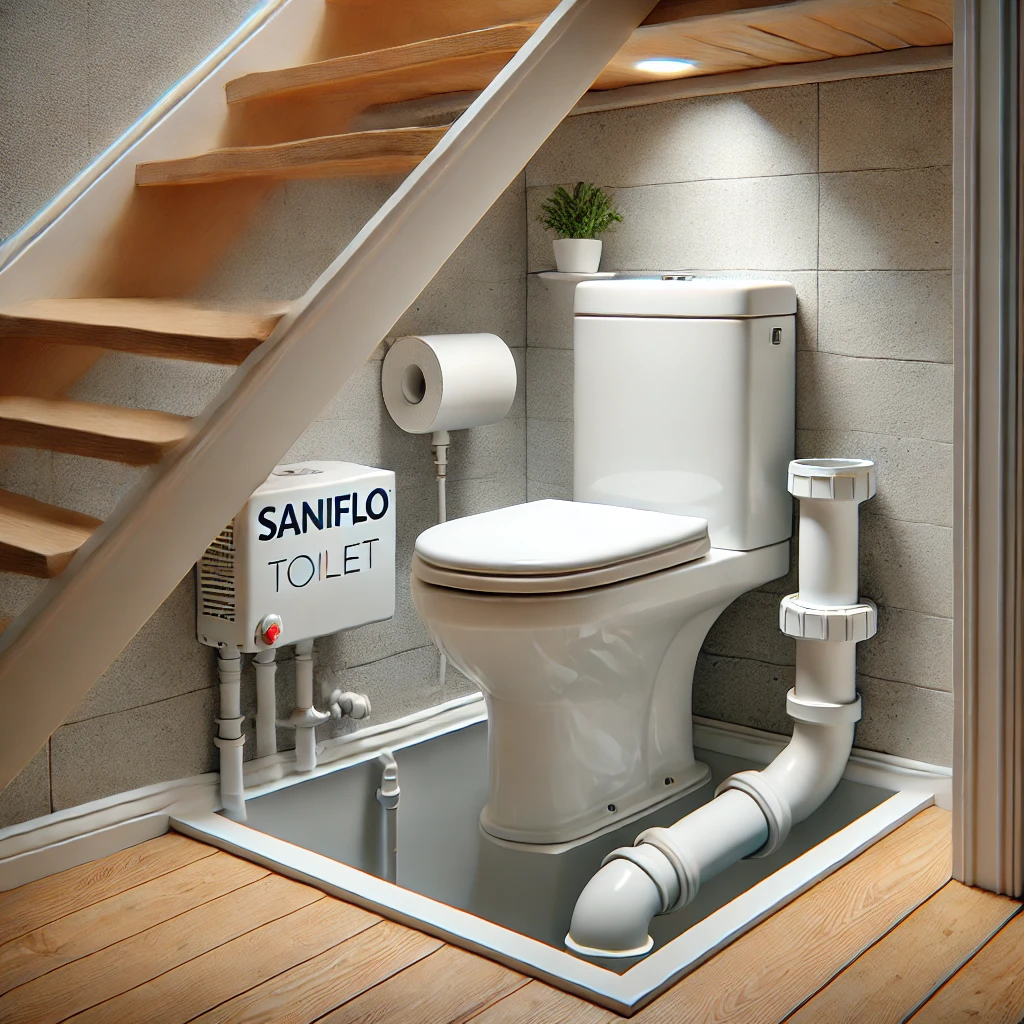📘 Introduction
Real estate refers to land and any permanent structures on it, such as buildings, houses, or improvements attached to the land. It’s one of the most valuable and enduring forms of wealth and a critical sector in any economy.
Real estate plays multiple roles in our lives: as shelter, business infrastructure, investment asset, and a key driver of economic development. Understanding real estate involves exploring its various types, functions, and investment opportunities.
📍 What is Real Estate?
Real estate includes:
- Land: The earth’s surface, extending downward to the center and upward to the sky.
- Improvements: Buildings, roads, fences, and utilities added to the land.
- Natural Attachments: Trees, water bodies, and minerals.
Real property is the physical real estate plus the rights associated with owning it (e.g., rights to sell, lease, or build).
🏠 Types of Real Estate
Real estate is generally categorized into five main types, each serving different purposes:
1. Residential Real Estate
This involves properties meant for people to live in.
Examples:
- Single-family homes
- Apartments
- Condominiums
- Townhouses
- Duplexes
- Vacation homes
Residential real estate is the most common type and often the first step for individuals entering the real estate market.
2. Commercial Real Estate
Used for business activities and generating income.
Examples:
- Office buildings
- Shopping malls
- Hotels
- Restaurants
- Warehouses (for business use)
Commercial real estate generally offers higher returns but requires more capital and expertise.
3. Industrial Real Estate
Used for manufacturing, storage, and production.
Examples:
- Factories
- Distribution centers
- Heavy manufacturing plants
- Logistics hubs
These properties often have specific zoning laws and require specialized infrastructure.
4. Land
Refers to undeveloped, raw, or agricultural land.
Categories:
- Vacant lots
- Farms and ranches
- Timberland
- Subdivision land for development
Land investments can be risky but potentially rewarding if developed properly.
5. Special Purpose Real Estate
Designed for a specific, often non-commercial use.
Examples:
- Schools
- Religious buildings
- Government properties
- Hospitals
These properties serve specialized community needs and are not typically for investment purposes.
🏗️ Real Estate Development Process
Real estate development is the process of creating new buildings or modifying existing ones to increase value.
Key Stages:
- Planning: Market research, legal approvals, land acquisition.
- Design: Architectural layout and engineering plans.
- Financing: Loans, investors, or self-funding.
- Construction: Actual building process.
- Marketing and Leasing: Finding buyers or tenants.
- Operation or Sale: Managing or selling the property for profit.
💼 Real Estate as an Investment
Many people invest in real estate for long-term wealth building and income generation.
Common Investment Types:
🔹 Buy and Hold
Purchase property to rent it out and earn regular income. Value often appreciates over time.
🔹 Flipping
Buy undervalued properties, renovate, and sell for profit in a short time.
🔹 Real Estate Investment Trusts (REITs)
Invest in property through publicly traded companies that own real estate portfolios.
🔹 Rental Properties
Earn monthly rent and benefit from tax advantages and asset appreciation.
🏢 Real Estate vs. Real Property vs. Real Estate Business
| Term | Meaning |
|---|---|
| Real Estate | Physical land and structures |
| Real Property | Real estate + ownership rights |
| Real Estate Business | Activities like buying, selling, managing, or investing in property |
📋 Steps in Buying Real Estate
Here’s how a typical residential or commercial purchase works:
Step 1: Determine Budget & Requirements
- Know how much you can afford.
- Choose location, property type, and features.
Step 2: Pre-Approve a Loan
- Approach a bank or mortgage lender.
- Get approval for the amount you’re eligible to borrow.
Step 3: Search & Select Property
- Use real estate portals, agents, or brokers.
- Visit properties and shortlist options.
Step 4: Make an Offer
- Submit a written offer to the seller.
- Negotiate terms, price, and conditions.
Step 5: Legal Verification & Due Diligence
- Confirm ownership title, tax records, land use, and approvals.
- Hire a legal expert or advocate.
Step 6: Home Inspection & Valuation
- Inspect the property for structural issues.
- Get a fair market valuation.
Step 7: Finalize the Loan
- Submit documents to the bank.
- Get loan sanctioned and disbursed.
Step 8: Agreement & Registration
- Sign the sale deed.
- Register it with the local property registrar.
- Pay stamp duty and other charges.
🔄 Steps in Selling Real Estate
- Evaluate Property Value
- Prepare the Property (repairs, cleaning, staging)
- List the Property Online or via Agent
- Market through Photos, Ads, and Open Houses
- Negotiate Offers
- Complete Legal Documentation
- Transfer Ownership and Close the Sale
⚖️ Legal & Regulatory Aspects
- Title Deed: Proof of ownership
- Encumbrance Certificate: Confirms no dues or legal disputes
- Occupancy Certificate (OC): Issued after construction completion
- RERA Registration (in India): Protects buyer interests
- Zoning Laws: Determines permitted property usage
🧠 Real Estate Agents and Brokers
Real estate professionals help buyers, sellers, or renters with transactions.
- Agent: Works for a brokerage; licensed to sell property.
- Broker: More qualified; can run their own real estate business.
They assist with:
- Finding listings
- Market analysis
- Price negotiation
- Paperwork and legal support
📊 Advantages of Investing in Real Estate
- Stable cash flow (via rent)
- Asset appreciation
- Tax benefits (depreciation, interest deduction)
- Tangible investment
- Leverage (borrow money to invest)
❗ Risks Involved
- Illiquidity (can’t sell quickly)
- Market downturns
- Maintenance and repairs
- Tenant risk
- Regulatory or zoning issues
🌍 Future of Real Estate
Emerging trends shaping real estate in 2025 and beyond:
- Proptech: Digital tools for virtual tours, AI-based pricing, blockchain transactions.
- Smart Homes: Energy-efficient, tech-integrated properties.
- Co-living & Co-working Spaces: Popular among youth and freelancers.
- Green Buildings: Sustainability-focused development.
- Fractional Ownership: Shared property investment models.
🧾 Conclusion
Real estate is more than just buying and selling land or buildings. It’s a dynamic industry that impacts how we live, work, and invest. Whether you’re looking to own a home, rent office space, or invest in high-return assets, understanding the basics of real estate is the first step toward making informed decisions.
With careful planning, due diligence, and market insight, real estate can become a powerful wealth-building tool and a stable asset in your investment portfolio.
Would you like this content as a formatted blog post, a downloadable PDF, or tailored for a specific country (e.g., U.S., India, Canada)?







Leave a Reply